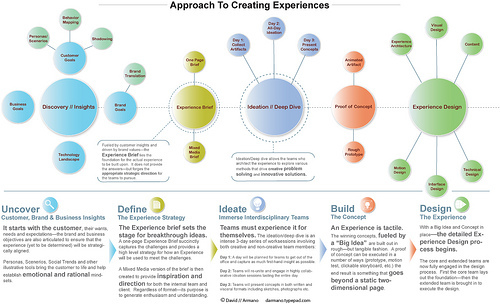The buts…
Design is a tool, and for as long as the human race is governed by fear, greed and selfishness the tool will only be as useful as we are capable of using it as whole human beings.
Thus far, design has proven a handy tool for furthering the aims of the elite. An ideal complement and accomplice in the capitalist frenzy of consumption and exploitation – social, economic and political.
Design – the tool
True, design (defined as problem solving), is an ideal tool for solving the multiple problems facing humanity today, but issues of power, politics, economics and culture are at the heart of our disasters, not problems of design. It is our values, our collective flaws and the sheer volume of our demands that inform how we use design, in the mainstream.
Design – an approach
Not design for the sake of design but design for a purpose. Rethinking how we live and redesigning our lifestyles, not simply redesigning products to solve surface levels problems, but addressing the root cause of the problems.
By stepping back and assessing problems from the perspective of design thinking we are able to see the vital connections, acknowledge the subjectivity of our problem definition and solution approach and to accept that there are unknowns and questions that need to be asked…
There are obstacles, like those encountered in philosophy – the act of thinking and seeing of understanding and designing is not an act that translate into substantive change in the real world with ease, if at all.
Transdisciplinarity
Complex problems are by their nature multi-disciplinary – what complex problems? Sustainability challenges – social, economic and environmental. That’s political, financial, corporate, public, intellectual, ethical, technological, material and spiritual – all connected.
The importance of transdisciplinarity cannot be underscored enough – this approach more than design or any other school of thought or tool is pivotal to making progress. The roots and manifestations of societal problems are intertwined and often connected / part of the same larger problem. Thinking about complex problems and attempting to solve them necessitates a transdisciplinary approach by its very nature.
Good Types of Design
The emerging and growing design movements that are helping us to take some form of action: Participatory Design, Co-Design and Design for Need.
There is a growing trend of new business models and solutions outside of the power structures – subverting and circumventing the status quo.
Human-Centred Design – that encourages in-depth investigation and immersion within beneficiary communities to intuitively inform designers of the best solution
Worst case scenario? (this is the pessimistic perspective)
It seems logical to believe that design can play a vital role in saving life as humanity knows it on earth. But, it seems humankind cannot solve the problems of the 21st Century, using design or any other tool. Even if our thinking were to radically change tomorrow, it may be simply too late to overcome the complex crises that we are currently experiencing.
Design can however make life more liveable and provide a more humane existence for a greater number of people than at present. Design can bring dignity to many of the have-nots and buy time for the haves, give us comfort and a means to express hope, but the opportunity for a complete turn-around may have passed humankind by!!
If there is any hope for humanity then design would likely be part of the transformation that rescues our species from extinction. Design is however not enough – even radical or revolutionary design as exciting and promising as these may seem. The truth is that design can help to improve conditions as we spiral out of control and to ease the suffering of people and natural systems that are lucky enough to benefit from good design.
